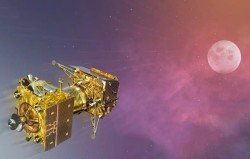Science & Technology
More than 50 years after it created history by putting the first humans on the Moon, the United States is all set to launch a new era of Moon exploration by sending a huge Moon rocket called the Space Launch System (SLS).
NASA’s uncrewed demonstration mission to the Moon on Monday, August 29 at around 1815 Nepal Standard Time is aimed at testing its latest integrated deep space exploration systems: the Space Launch System (SLS) and Orion capsule.
But at 1820 NST NASA TV announced that the launch has been "scrubbed" for now due to "hydrogen bleed" - yet it said that the plans are intact for next launch window.
Blasting off from the space coast of Florida from the Pad 39B in Kennedy Space Centre, the sensor-filled mission will depart for its nearly 42 days long mission during which it will orbit around the Moon before returning to the earth.
The launch will be broadcasted live on NASA’s website and its YouTube Channel.
The mission named after the twin sister of Apollo, Artemis, is a three-part mission. According to NASA, the first mission Artemis 1 will test the spacecraft’s capabilities and performance and will “set the stage” to land humans on the Moon once again after over half a century in 2026.
"This is a test flight. It's not without risk," Bob Cabana, a former shuttle commander and now a NASA associate administrator, said of the first SLS flight to CBS on August 26.
"We're going to learn a lot from this test flight."
Space Launch System
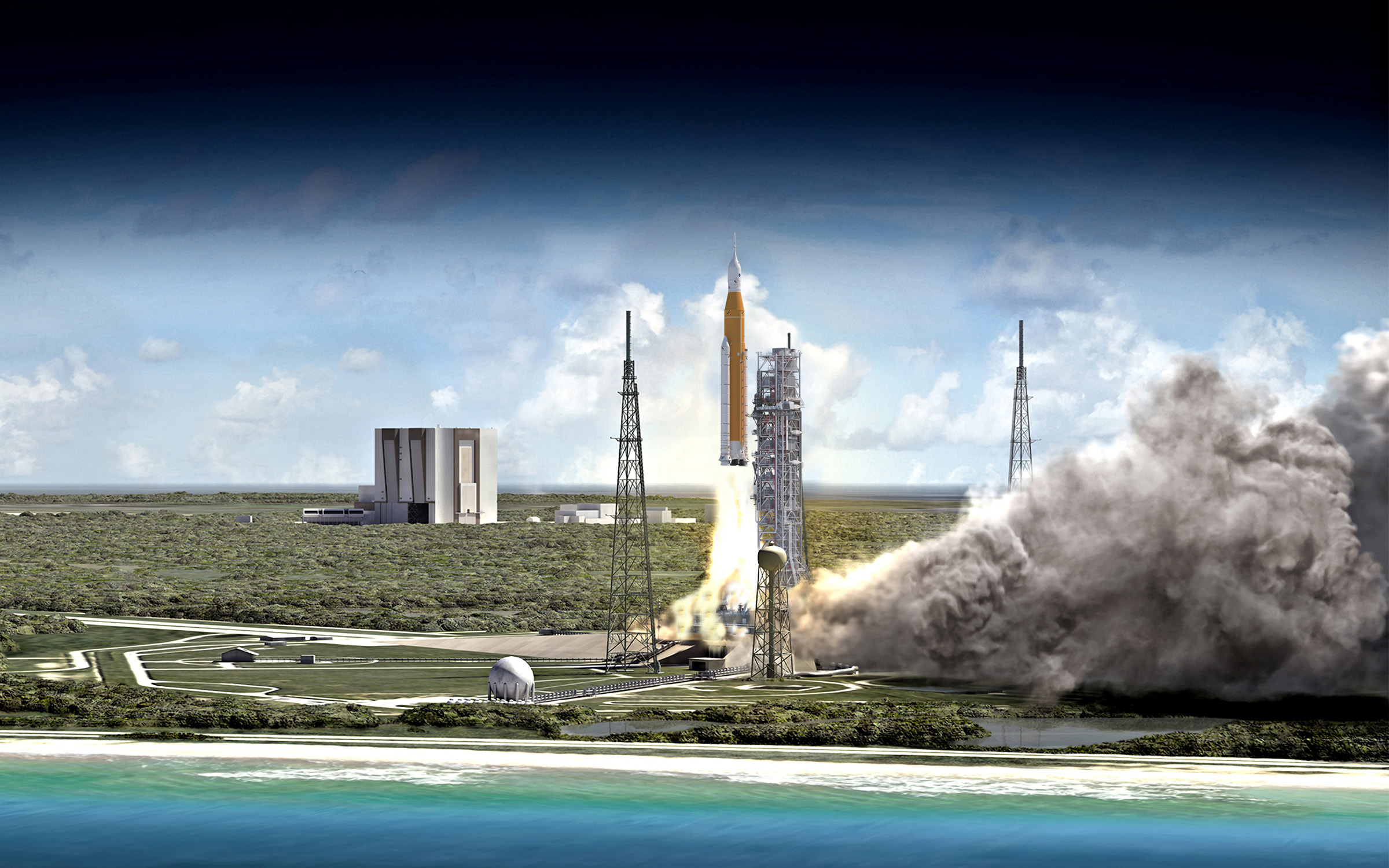
The Space Launch System when launched today will be the most powerful rocket in the world. Consisting of two solid-fuel rocket boosters, propellant tanks and an upper-stage fuelled by cryogenic fuel (liquid hydrogen and oxygen), SLS will boost the Orion spacecraft to a speed over 36,000 kilometres an hour necessary to escape the gravitational pull of the earth.
Currently, SLS is the only rocket that can safely carry the Orion spacecraft to the Moon thanks to the power and technological developments made in the last 50 years since the Apollo mission ended.
Orion Spacecraft
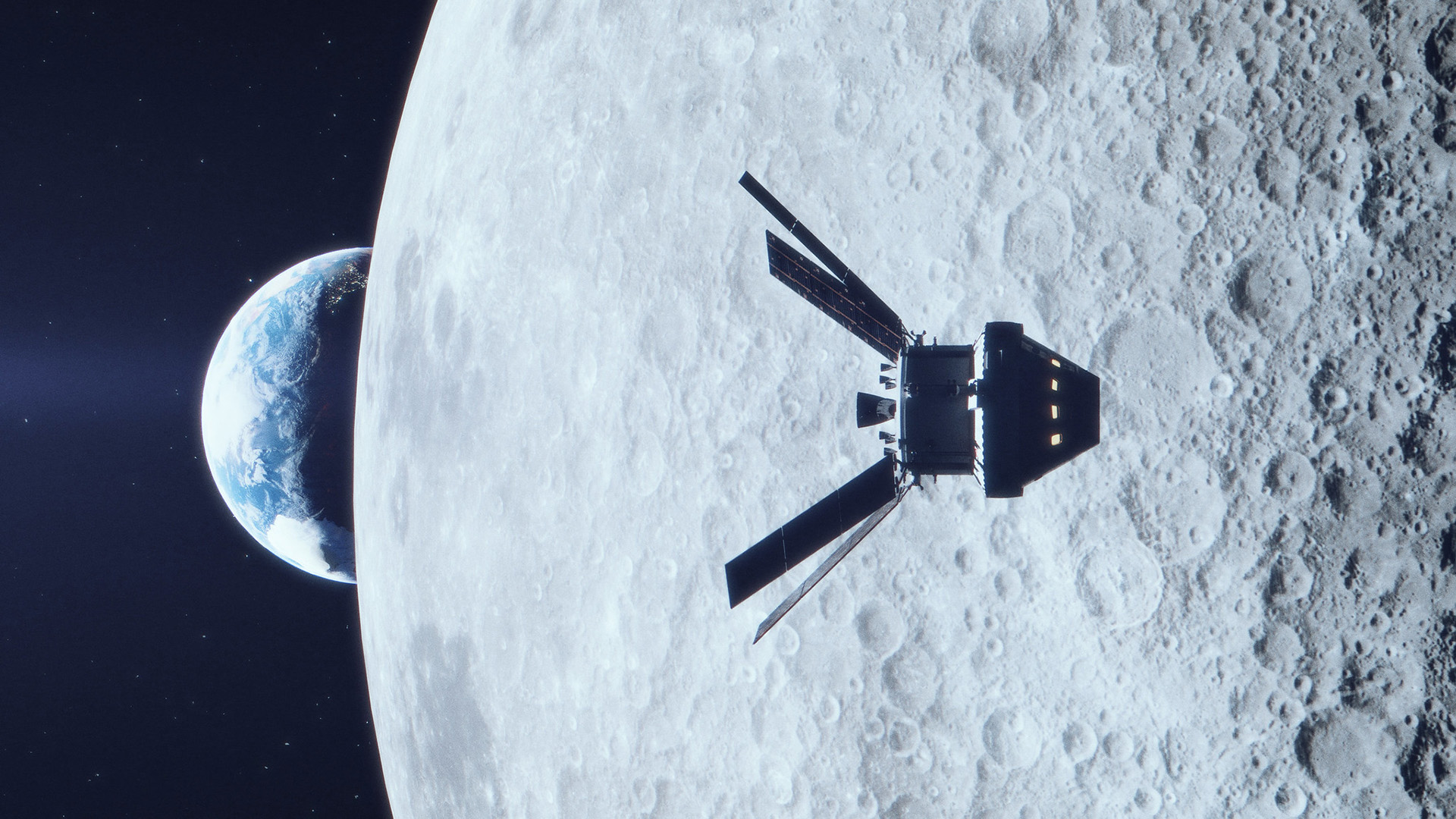
The cap-like structure atop the huge SLS is the Orion spacecraft. Orion is composed of the crew module, where astronauts live and work; the service module, which will provide power, propulsion, and thermal control; and the launch abort system, which can pull the spacecraft and crew to safety in an emergency during launch or ascent to orbit.
Designed to safely carry astronauts on deep space missions, Orion is the only spacecraft that can also safely return astronauts back to the earth after a treacherous deep space voyage. But on this Artemis 1 mission, on the three seats of the astronauts will be three mannequins each fitted with different sensors to measure the condition of space.
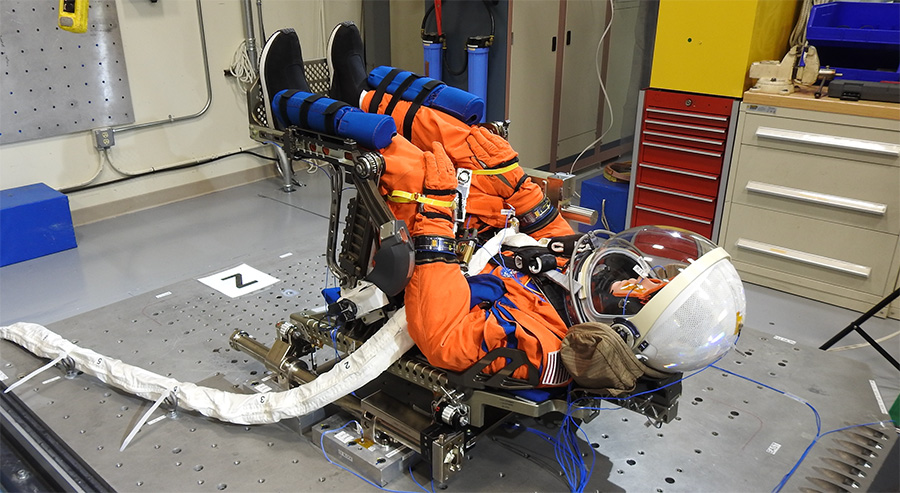
Thanks to the world’s largest heat shield, which will protect the spacecraft and the astronauts on-board from burning into ashes during the re-entry at a speed of over 40,000 kilometres per hour. The temperature during such speed can reach nearly half that of the surface of the sun.
Artemis 1 and beyond
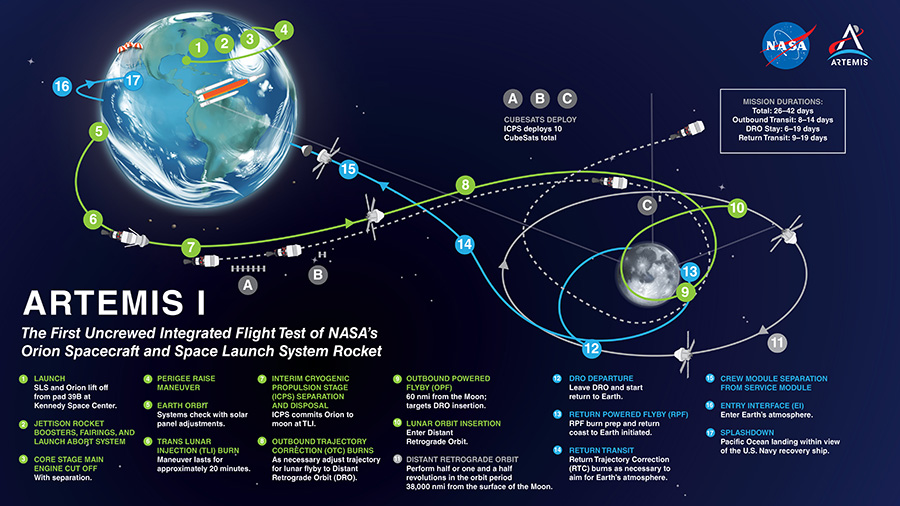
After multiple delays, and price overruns, the Artemis mission is finally on track for other missions. NASA's Inspector General told CBS on August 26, the U.S. space agency "is projected to spend $93 billion on the Artemis (Moon program) up to FY 2025."
Artemis 1, the first of the three-part mission, will be a test mission that will also carry 10 CubeSats – small light-weight satellites – which will be hitchhiking aboard Artemis 1. Most of them are focused on studying the space environment including the radiation exposure to living organisms.
Artemis 2, planned to launch in May 2024, will be the first human spaceflight to travel beyond the low Earth orbit since Apollo 17 in 1972, fifty years ago. But the mission, like Artemis 1, will only orbit the astronauts around the Moon (flyby) and bring them back to the earth.
The third and last mission Artemis 3 will land the humans on the Moon in 2025. The mission is planned to land the first woman and first woman of colour on the Moon who will be conducting spacewalks and sample collection for 6.5 days of their stay there.
‘Giant leap for mankind’
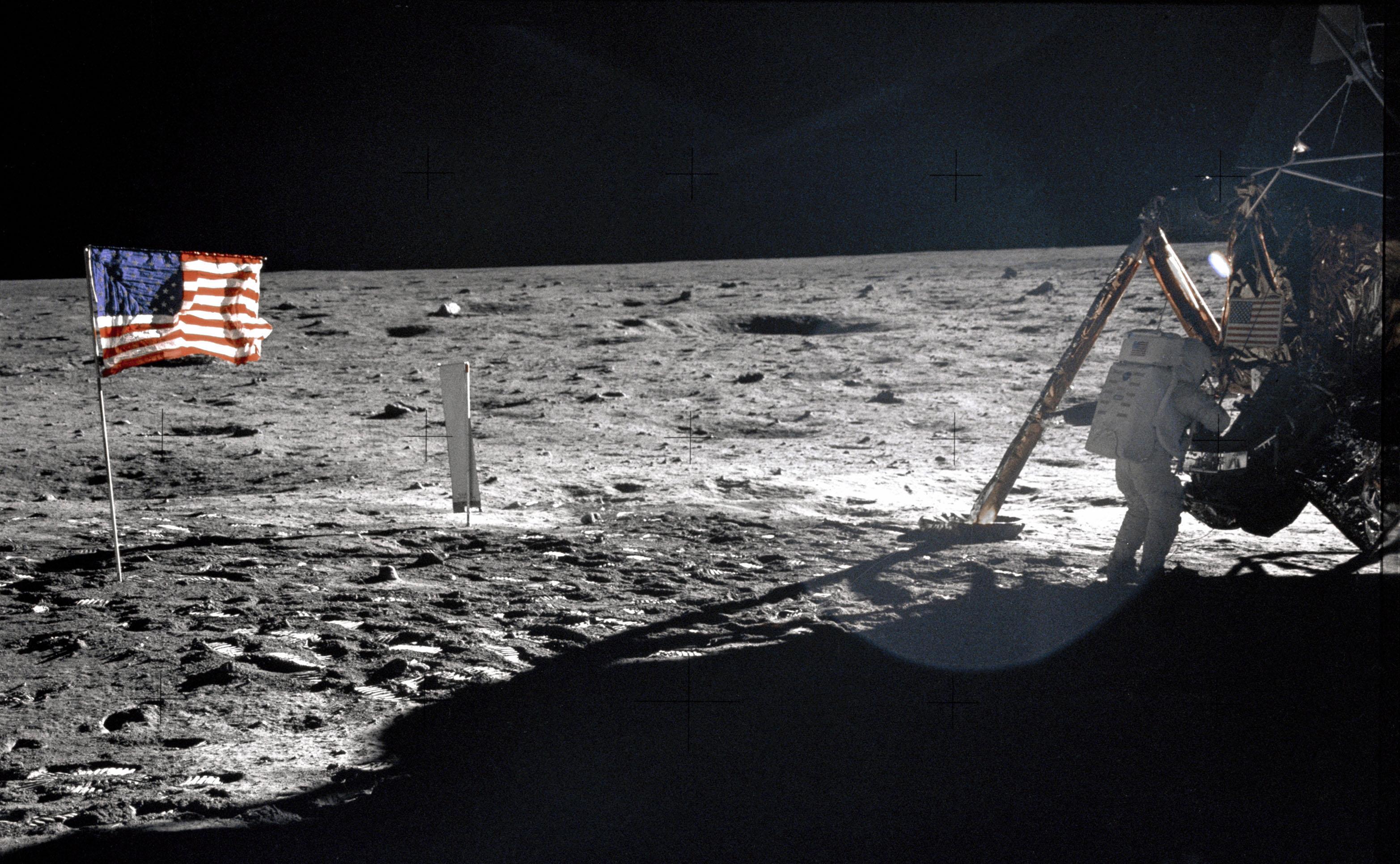
USA’s space ambitions started even before the start of the Apollo mission in the 1960s. The US government and its people take a huge pride on their first Moon mission to this day.
While announcing the Apollo mission in 1961, US President late John F. Kennedy had said: “We choose to go to the Moon in this decade and do the other things, not because they are easy, but because they are hard…”
Kennedy's national goal for the 1960s of "landing a man on the Moon and returning him safely to the Earth" in an address to Congress on May 25, 1961, ignited the flame of nearly a decade-long space venture.
His national goal was accomplished by Apollo 11 when astronauts Neil Armstrong and Buzz Aldrin walked on the Moon.
After being the first human to step on the Moon Armstrong famously said: "That's one small step for a man, one giant leap for mankind."
After Apollo 11, five subsequent missions landed a dozen people on the Moon, Apollo 17 being the last mission.
Costing $25.4 billion in 1973, the equivalent of $158 billion of today’s value, the Apollo program spurred the development of whole science and technology.
But as many experts say, the Cold War Space Race slowly died, and with it, died the interest to advance humanity beyond low-earth-orbit.


